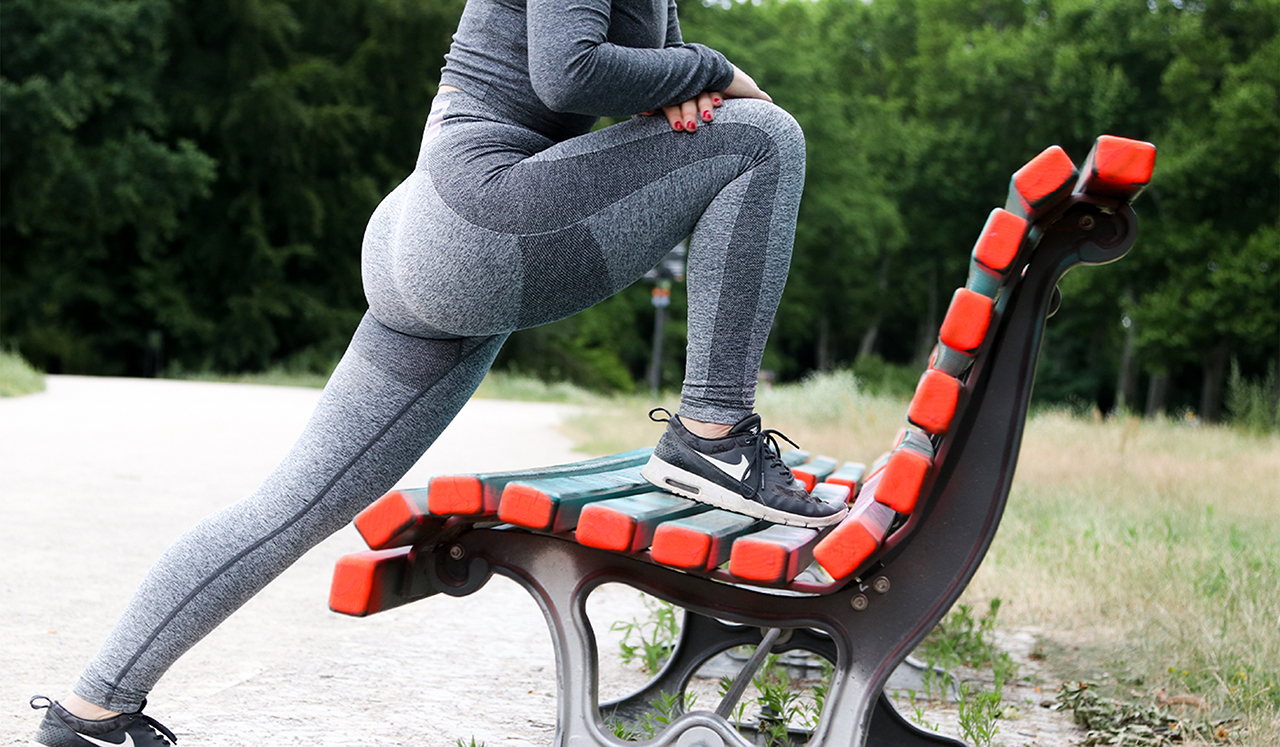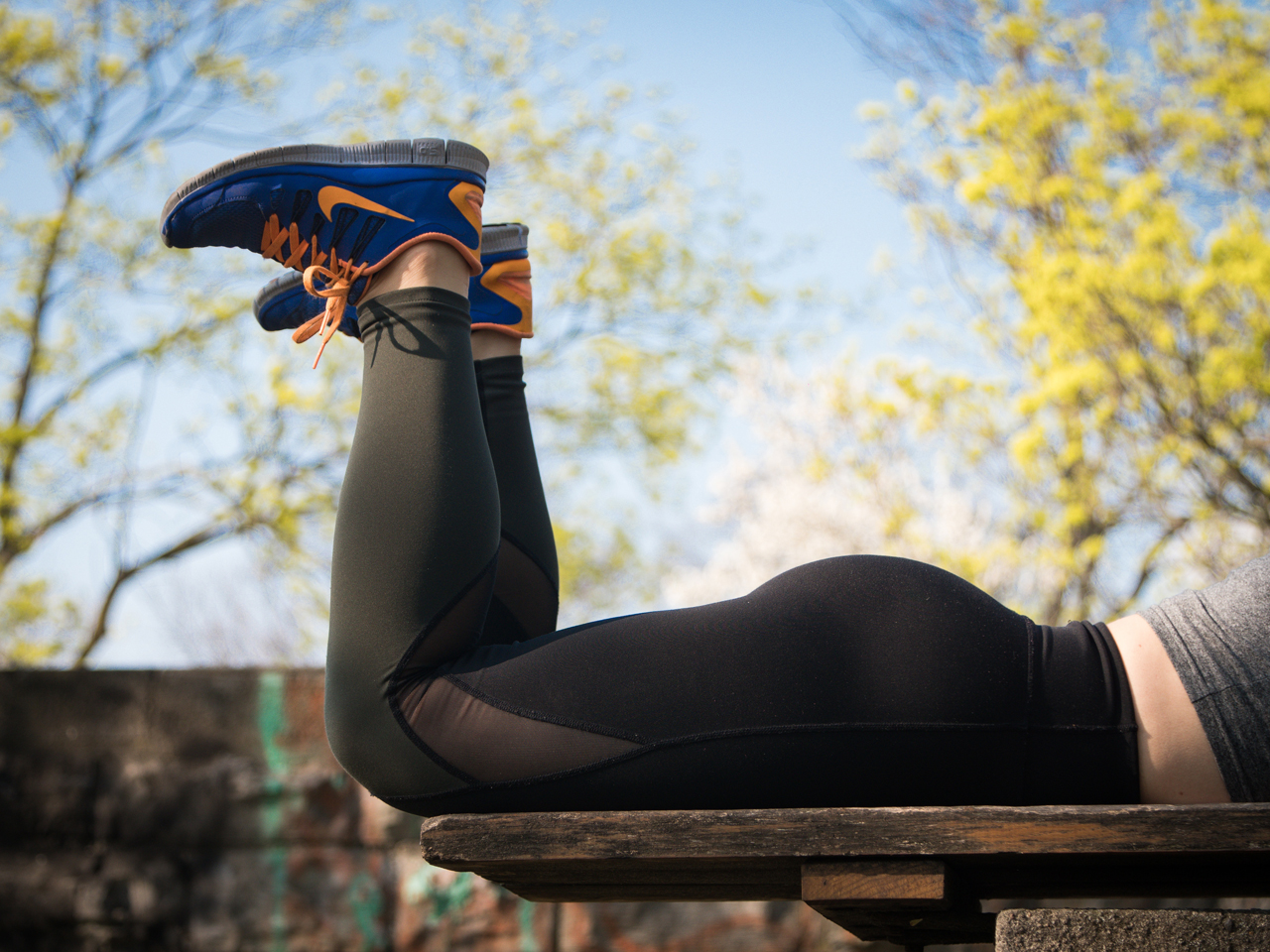
I must admit that Instagram is an awesome place to learn. This article was inspired by a video of one of my Insta friends doing posterior pelvic tilts (think to lock out the hips at the top of a deadlift or glute bridge) with horrendous form.
Her justification was that “posterior pelvic tilt” helps me to get better glutes and this isn’t a bad thought process. But only if we can get there first. What I mean by this is that we all go after the sacred cow of getting glutes by attempting to aggressively train end-range hip extension through exercises like deadlifting, hip thrusting, RDLs, etc.
But if we simply don’t have the ability to fully extend the hip beyond a certain point, we end up angering our back muscles (because we use them instead) and our glutes continue to look like pancakes.
Instead, what we need is an objective measure of whether we are actually ready to aggressively train our glutes or if we require another strategy to get hip extension back first. The easiest way to figure this is out is with this simple test to determine hip extension.
The question I then ask is: do I have a full hip extension, or do I need to get there first?
While many articles have been written on how to train the glutes (Check out the one and only Bret Contreras), this article is your guide to getting ready to build a butt.

Ham Sammiches:
The above is not a typo. In Polk County, a “sammich” is a delicacy in which bread and meat are combined without any further ingredients. Whereas a “sandwich” would signify additional added condiments and fixings.
In addition to its cultural significance, this revelation about the construction of sandwiches could also apply to a set of under-appreciated muscles that must be focused on before glutes come in to play.
The hamstrings and only the hamstrings are better positioned to extend the hip before lockout (or hyperextension) occurs. This means if I cannot lockout or get a full hip extension at the top of a bridge of deadlift, some remedial hamstring activation exercises and training are of great benefit.
Some of my favorite hamstring activation exercises and training include:
- 90/90 hip lift (Focus on both sides)- Perform for 3 sets of 5 breaths before a workout
- 90/90 hip shift (focus on one side)- Perform for 3 sets of 5 breaths before a workout
- Stability ball hamstring curl (Training exercise)- Perform for 3 x 8-12 reps
- Barbell RDL (Training exercise)- Perform for 3 x 8-12 reps
Filet Mignon: The gluteus maximus is the largest muscle of the lower body and can accurately be described as it’s filet mignon. Training this muscle once we have full hip extension is a two-fold process of activation followed by progressive strengthening. We have several functions responsible for which we also want to train.
They include:
- Hip external rotation- Side-lying leg lifts, band clams, 90/90s
- Terminal hip extension- Hip thrusts, single-leg hip thrusts
- Full ROM hip extension- Barbell rack pulls, Sumo deadlift
My personal favorite is to alternate between terminal hip extension and full ROM hip extension exercises for my main lift early in my workout followed by hip rotation as an accessory. A circuit may look something like this:
- Main lifts
- Push up
- Hip thrust (terminal hip extension) OR BB sumo deadlift (Full ROM)- 3 x 8-12 reps
- Auxillary lifts
- RFE split squat
- One-arm dumbbell row
- Side-lying- 3 x 15-20 reps
Another alternative is to include a version of each variation in a glute circuit. I really love these as a “finisher” at the end of workouts. Here is an example.
Putting it all together:
As you can probably tell by this article, getting glutes can be more complicated than exercise alone. But the basic gist is to perform hamstring activities long enough to give us a hip extension and then hit the glutes hard.
Include 2-3 glute activation exercises before your workout and then follow the format above to train them for success!



